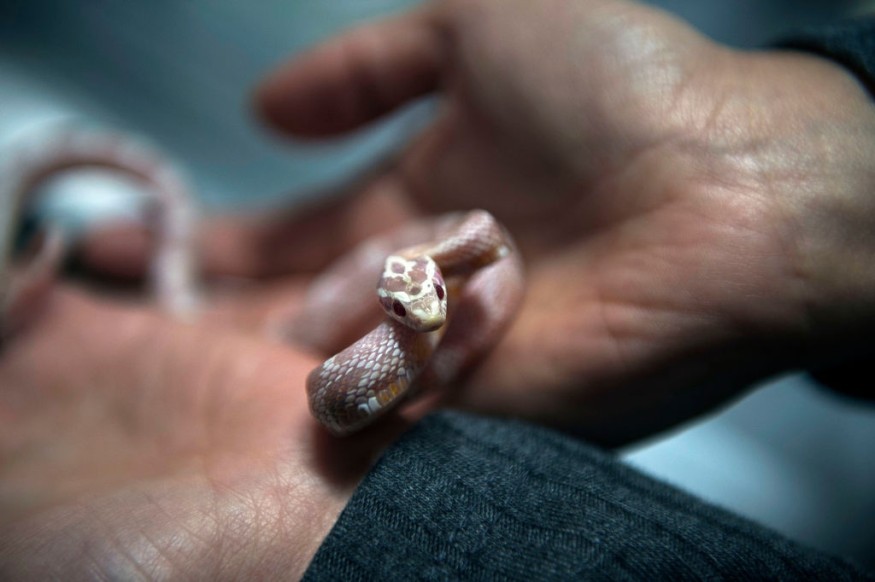
A rare case of reptilian live birth was witnessed in Northern Colorado Wildlife Center, a rehabilitation zoo, of snakes pushing out tiny live babies.
NewsWeek featured the live birth shown in the video uploaded by the zoo on Facebook last Monday, alongside the caption: "Sometimes, when we help one animal, we end up helping many. One of our current plains garter snake patients became a mother today to 11 adorable, slithering, babies!"
"Garter snakes typically have between 10 to 40 babies at a time so while a tad on the smaller side, her 11 are within the normal range," it continued.
Garter snakes (Thamnophis sirtalis) are one of oviparous snake species that lay large clutches of eggs, although some species are known to be viviparous, undergoing live births instead.
Viviparity is a rare trait across reptiles, with only around 15 to 20 percent of the roughly 9,000 total species of snakes and lizards, according to the National Geographic.
Viviparity in Snakes
Live births in snake species are believed to be associated with colder environments where the temperatures are too low for eggs to survive outside the mother's body.
The zoo identified the mother snake in the video as a plains garter snake (Thamnophis radix), which is truly viviparous across the U.S., and found as far north as central Alberta, Canada, where temperatures can fall to the low 20s during the winter.
The snake was found with lacerations in the neck and face when found by a family in Fort Collins.
They think that the reptile probably had a lawn mower accident.
"She's healing well from her injuries and she, along with all of her babies, will be released in a few weeks' time!" said the Northern Colorado Wildlife Center in the comments.
Read also: 'Living Dinosaurs': Birds Posses Dinosaur-Like Features Before They Hatch from Their Eggs
Spotting a Plains Gartersnake
Although their toxins are generally not toxic to humans, the Plains garter snake species is only mildly venomous.
They have distinctive orange or yellow stripes from head to tail and the rest of their body is mainly a gray-green color.
Native to the United States and Canada, the snakes are slender and medium-sized, as you can tell on the shared video.
In the U.S., they are distributed in Iowa, eastern Wyoming, northern Kentucky, eastern Colorado, Minnesota, southern Wisconsin, Illinois, northwestern Indiana, Oklahoma, Nebraska and the northern half of Missouri, while a small population can also be found in Ohio.
They are in fact described as "one of the most cold-tolerant snakes", thus the viviparity, most active between April and late October depending on location.
During hibernation, they prefer to lead a solitary life but will sometimes hibernate in small groups.
On warmer winter days, they often come out to bask in the sun.
During the summer, they become more nocturnal to avoid the heat of the day.
While all snake species reproduce via internal fertilization, viviparous ones don't develop egg shells and feed their internal young via both placenta and yolk sac nutrition instead.
As a rare trait, viviparity is hard to distinguish from another rarer approach called ovoviviparity - where eggs do develop inside the mother but hatch before the babies are born.
Related article : If Extinct Woolly Mammoths Get Resurrected, Should Humans Consume Them?
© 2025 NatureWorldNews.com All rights reserved. Do not reproduce without permission.





